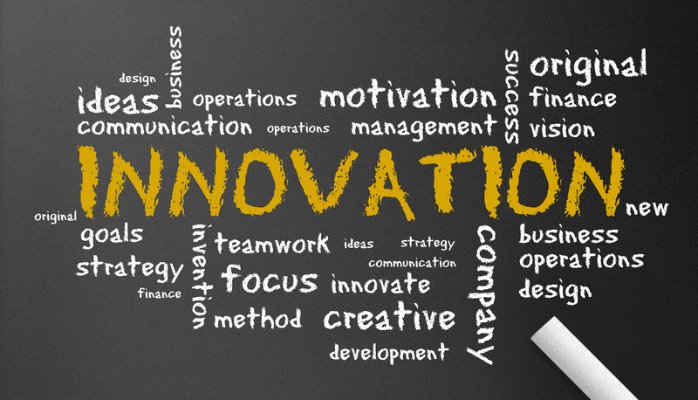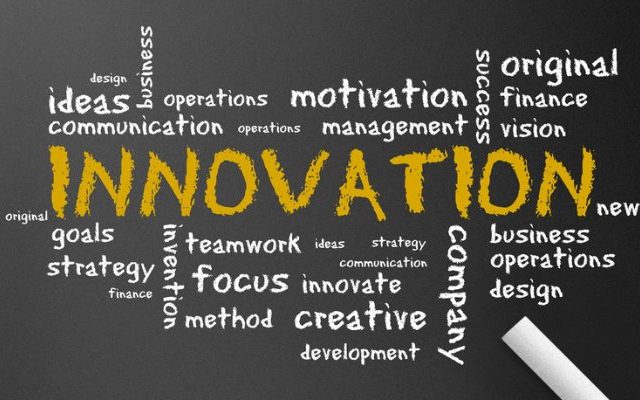In the last 15 years, many corporates and multinationals have been focussed on adopting industry best practices through introducing technology and business process standardisation (ERP), operational excellence to drive cost effectiveness, and deploy organisational optimisation programs (SSC, BPO, GBS). Many of these initiatives aim to create end-to-end operating effectiveness, which allow easy “upgrades” or further automation. Many experts point out that adopting best practices can prevent the ability to innovate. After all, once you introduced a particular way of doing things as “best practice”, who is going to question it? And if nobody questions it, there is no need to improve or innovate.
More recently, digital start-up organisations have been introducing technology, automation and digitalisation to disrupt the corporate busin ess landscape, by creating alternative operating models which are closer aligned to the consumer expectations. Many corporates and multinationals have been trying to compete with these new digital start-up operating models. However, the agile-based approach of these start-up organisations with low overheads, leading-edge technologies and quick updates/ improvements has provided enormous challenges for corporates to effectively compete.
ess landscape, by creating alternative operating models which are closer aligned to the consumer expectations. Many corporates and multinationals have been trying to compete with these new digital start-up operating models. However, the agile-based approach of these start-up organisations with low overheads, leading-edge technologies and quick updates/ improvements has provided enormous challenges for corporates to effectively compete.
A small number of corporates and multinationals have realised that they require to change these traditional business models, abandon industry best practices models and introduce innovation to “compete” with the disruptive, digital start-up organisations.
Many experts question if digital start-ups are innovators or simply automators. Innovation requires a drastic change to the existing service, product or consumer requirement. Most digital start-ups remove the human element or remove “waste” out of the process by using the 80/20 rule in their technology, to allow consumers to be self-sufficient and in control.
Corporates and multinationals have started to introduce innovative disruptive solutions to meet their consumer demands. However, introducing disruptive innovation across a corporate organisation requires adoption of an agile-based “try, review, learn” methodology. However, many C-level execs are still reluctant to introduce this new agile-based innovation approach and abandon their traditional business models. However, corporates like Microsoft have transitioned their traditional business model from a profitable desktop “office” solution, towards the less profitable “office365”.This shows that corporates and multinationals are able to abandon their traditional business model and adopt an agile-based methodology to create Innovative Excellence…
For more information, please visit: www.unique-excellence.com
Article by channel:
Everything you need to know about Digital Transformation
The best articles, news and events direct to your inbox
Read more articles tagged: Featured






